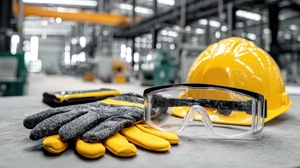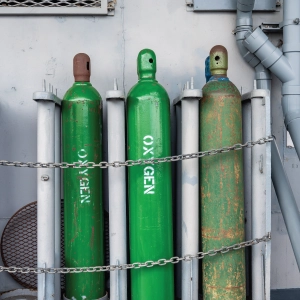Navigating Forklifts on Inclines
Forklifts, also referred to as Powered Industrial Trucks, play a vital role in various industries due to their ability to handle heavy loads. However, they face increased risks when navigating inclines, making it crucial to address potential hazards such as collisions, falls, tip-overs, and falling loads. Implementing preventive measures is essential to ensure the safety of operators and those in the vicinity. Recognizing this, the Occupational Safety and Health Administration (OSHA) in the United States has established stringent guidelines for securing forklift operations on inclines.
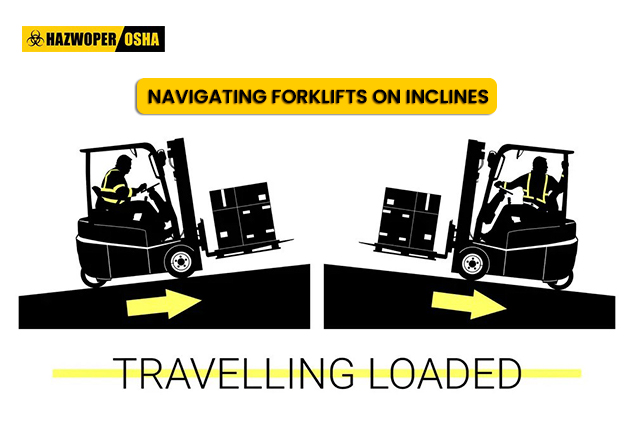
What are Inclines?
A ramp, slope, or incline is characterized by an angle surpassing 10%, equivalent to approximately a one-foot rise for every ten feet of ramp or incline. OSHA's standard, 1910.178(n)(7) 1910.178(n)(7), outlines specific regulations governing forklift operations on ramps, slopes, or inclines, mandating adherence whenever a powered industrial truck is on a designated incline.
Therefore, it is important to follow these rules whenever a forklift travels up or down a slope.
OSHA Regulations for Operating Forklifts on Inclines
While both OSHA and the American National Standards Institute/Industrial Truck Standards Development Foundation (ANSI/ITSDF) B56.1 have a plethora of regulations for forklifts, it is also advisable to consult the Operation and Maintenance Manual (OMM) provided by the manufacturer for proper forklift operations. However, adhering to OSHA Powered Industrial Trucks Standards 29 CFR 1910.178 and 29 CFR 1926.602(d) and the ANSI/ITSDF regulations B56.1 ensures compliance by both the employer and employee. Additionally, these standards provide comprehensive information on operating forklifts on inclines and other work surfaces, thereby reducing the risk of injuries with proper training.
Evaluation of Slopes
Employers must evaluate the steepness of slopes before permitting forklift operation. If slopes exceed a 10% gradient, additional safety measures are necessary to ensure compliance with OSHA standards. Forklifts should generally not be operated on inclines steeper than a 10% gradient.
Each forklift has a gradeability rating indicating its maximum slope capacity, provided by manufacturers. Some forklifts can handle up to a 40% gradeability rating.
Calculating Slope or Ramp Grade
To calculate a ramp's grade, measure its height (rise) and length (run) by using the formula: Grade = (Rise / Run) x 100
Equipment Requirements
OSHA mandates specific standards for forklift equipment to ensure operator and workplace safety:
- Employers must provide training and certification programs for forklift operators. Operators must be trained in the safe operation of the specific type of forklift they will be using at the workplace.
- Forklifts must undergo regular maintenance and inspections to ensure they are in safe operating condition. Employers are responsible for ensuring that forklifts receive routine maintenance and are inspected for any defects or malfunctions.
- Forklifts must be equipped with brakes that can bring the vehicle to a complete stop within a safe distance of another object or person.
- Forklifts must have a functional steering mechanism that allows operators to control the direction of the vehicle safely.
- Forklifts must be equipped with horns or other audible warning devices to alert pedestrians and other workers of their presence in the vicinity.
- Forklifts used in low-light conditions or areas with poor visibility must be equipped with headlights, taillights, and other lighting devices for improved visibility.
- Forklifts must also be equipped with seatbelts to protect operators in the event of a tip-over or collision.
- Forklifts must have data plates prominently displayed to indicate key metrics including the maximum weight the forklift can safely lift and carry.
- Forklifts must be designed and constructed to maintain stability during normal operations, including lifting and transportation of loads.
- Forklifts used to handle loads with the potential for falling objects must be equipped with overhead guards to protect operators from overhead hazards.
Load Distribution
OSHA underscores the importance of proper load distribution on inclines. Centered and secured loads with a low center of gravity reduce the risk of tipping while overloading is strictly prohibited.
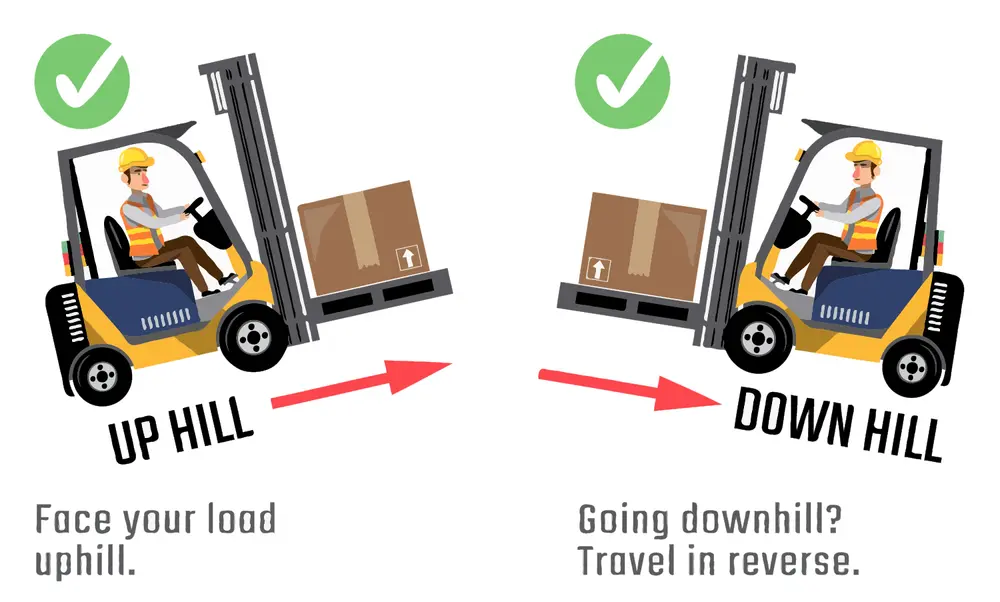
Driving Techniques for Inclines
Forklift operators must undergo training on safe driving techniques for inclines. OSHA recommends to:
- Adhere strictly to the manufacturer's instructions when operating the forklift, following guidelines for optimal and safe usage.
- Always wear a seatbelt when the forklift is equipped with one to enhance operator safety during operation.
- Not to raise or lower the load while the forklift is in motion to prevent instability and potential accidents.
- Keep a safe distance from platform and ramp edges, reducing the risk of tip-overs or falls.
- Be vigilant about other vehicles in the work area, ensuring a clear line of sight and anticipating potential hazards.
- Have clear visibility of the work area, confirming sufficient clearance when raising the forks, loading, and operating the forklift.
- Employ proper footing and utilize handholds, if available, when entering the forklift to enhance operator safety.
- Use horns at cross aisles and obstructed areas to alert others and prevent collisions.
- Be mindful of pedestrians and adhere to speed limits within the workspace.
- Strictly avoid giving rides or using the forks to lift people, as it poses a significant safety risk.
Braking and Parking on Inclines
Proper braking is essential on inclines. OSHA mandates a slow descent with appropriate gears and secure control. When parking on an incline, the forklift should be positioned with the load uphill, and the parking brake must be engaged securely.
Signage and Markings
Employers must use signage and markings to indicate inclines, providing warnings to forklift operators. Clear communication of slope percentage and additional safety measures contribute to accident prevention.
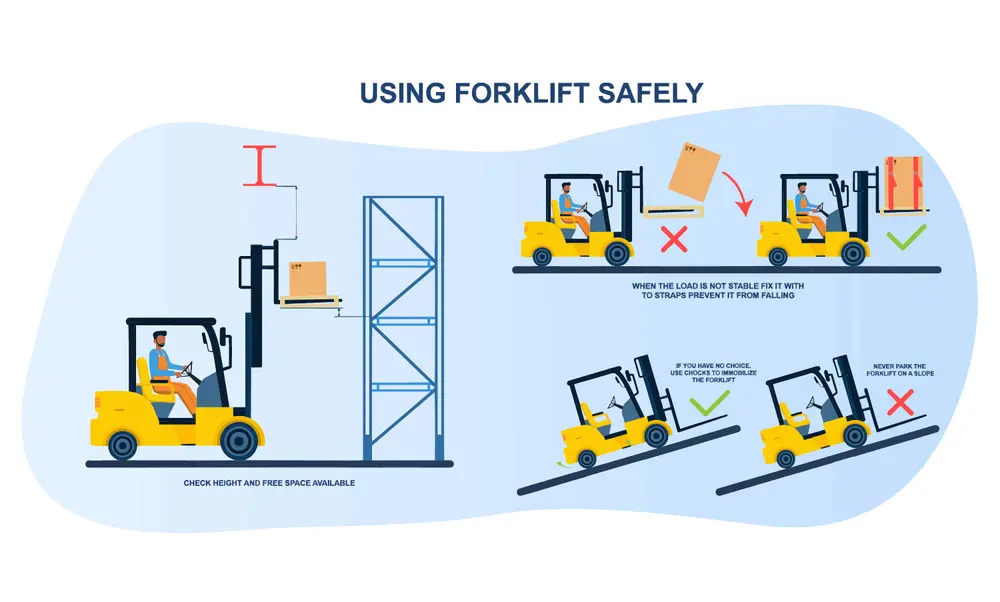
Order Pickers and Ramps
Manufacturers often prohibit order pickers from operating on ramps and slopes. Operators must adhere to manufacturer instructions outlined in the OMM, seeking guidance from the local dealer if needed.
Ascending and Descending Slowly
OSHA regulations emphasize maintaining slow speeds when operating forklifts on grades, minimizing the risk of accidents regardless of whether carrying a load or not.
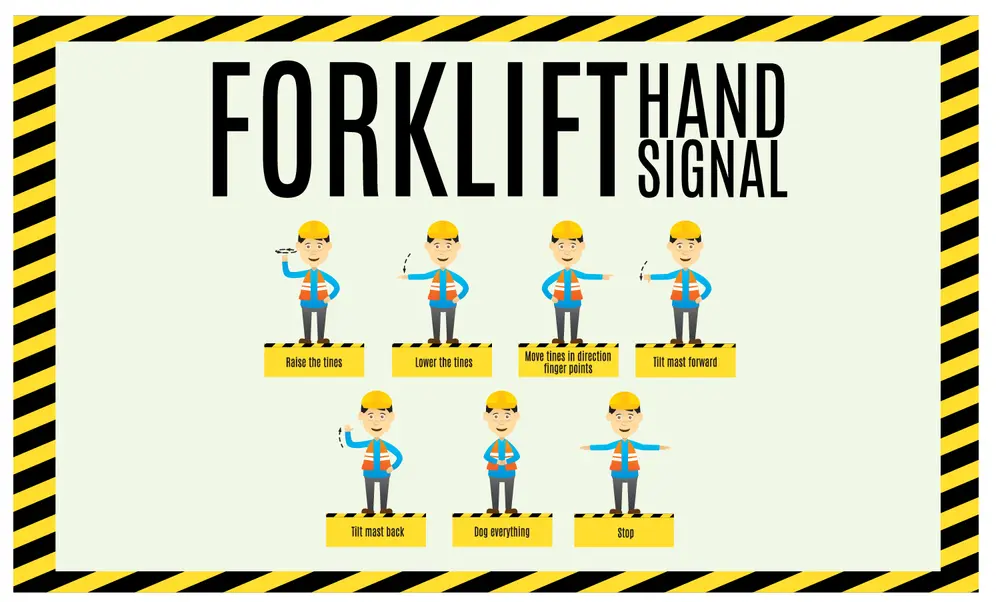
Driving Direction on Grades
Loaded forklifts should always travel with the forks and load pointed uphill to prevent loads from sliding off the forks. Unloaded forklifts should travel with forks pointing downhill, enhancing braking and traction.
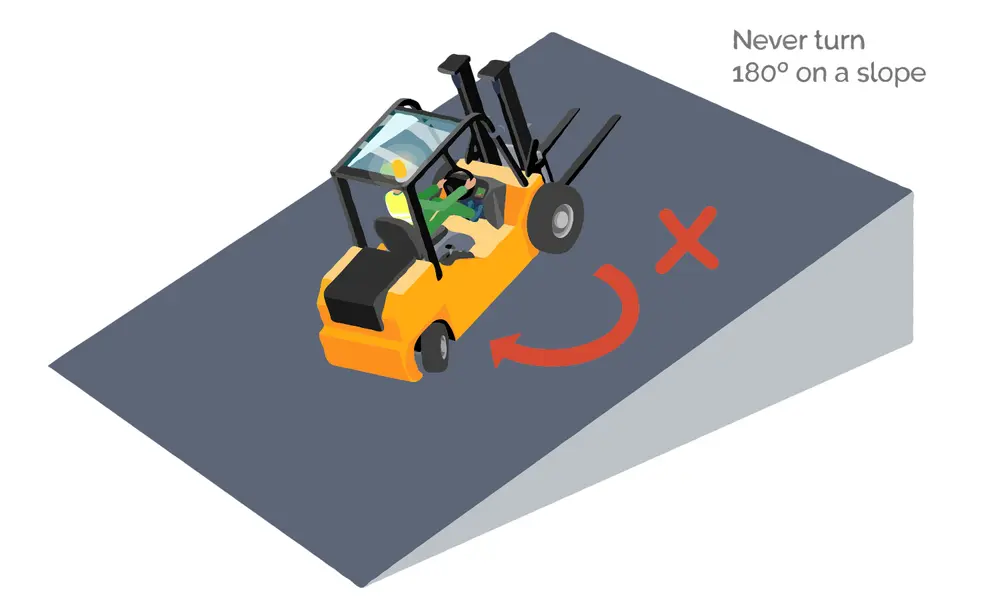
Avoiding Sudden Directional Changes
Sudden changes in direction or attempts to turn on a grade can lead to accidents and tip-overs. Operators should be familiar with their surroundings, avoid abrupt changes, and always plan a safe route.
Safety Training
Only trained and competent operators should operate a Forklift. All forklift operators must be trained and certified by their organizations according to OSHA standards 29 CFR 1910.178 and 29 CFR 1926.602(d).
Our HAZWOPER OSHA Forklift Safety Training certification program can support the improvement of operator efficiency and safety while enhancing workplace safety.
Safe forklift operations on inclines is a shared responsibility. Adherence to OSHA regulations and practical rules, and prioritizing safety through training, maintenance, and operational protocols ensure efficiency and well-being when utilizing forklifts on inclines, ramps, and grades in the workplace.

 EN |
EN |  ES
ES













